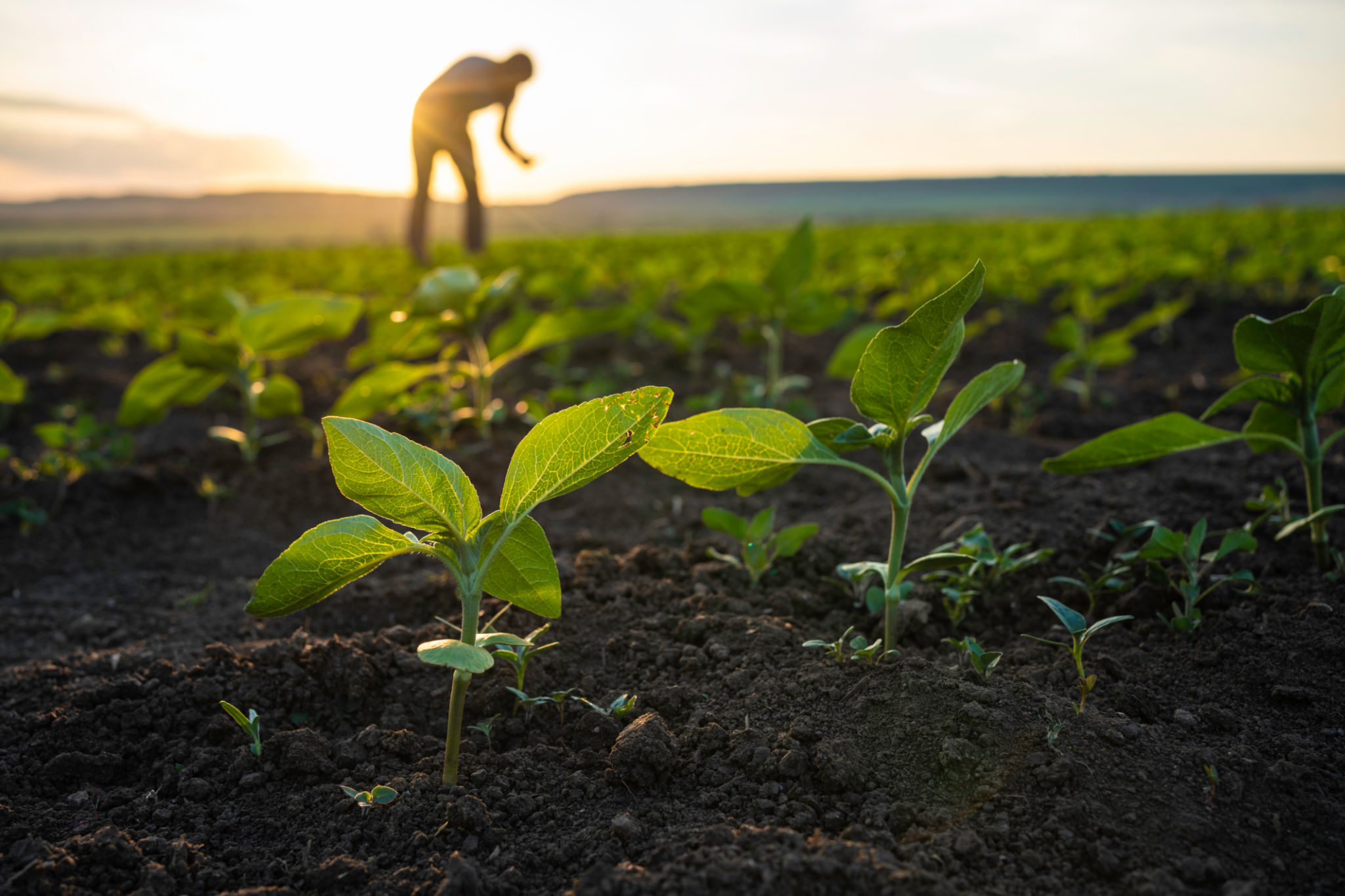DIY Pressure Washing: What You Need to Know Before You Start
Understanding the Basics of Pressure Washing
Pressure washing is a highly effective method for cleaning various surfaces, from driveways to decks. The power of pressurized water can remove dirt, grime, mold, and even old paint. However, before diving into a DIY pressure washing project, it's crucial to understand the basics to ensure safety and efficiency.

Choosing the Right Equipment
One of the first steps in DIY pressure washing is selecting the right equipment. Pressure washers come in different types and sizes, generally categorized into electric and gas-powered models. Electric pressure washers are suitable for small to medium jobs and are typically quieter and lighter. Gas-powered washers offer more power and are ideal for larger areas.
When selecting a pressure washer, consider the PSI (pounds per square inch) and GPM (gallons per minute). Higher PSI means more force, while higher GPM indicates a greater volume of water. For general cleaning tasks around the home, a washer with 1,500 to 2,000 PSI and 1.5 to 2.0 GPM is often sufficient.
Safety First
While pressure washing can be highly effective, it also poses certain risks if not handled properly. The high-pressure water stream can cause injuries or damage delicate surfaces. Always wear protective gear such as gloves, goggles, and sturdy footwear. Ensure you understand how to operate the machine before starting.

It's also important to be aware of your surroundings. Make sure pets and children are at a safe distance, and be cautious around windows, doors, and electrical outlets to prevent accidents or damage.
Preparing the Area
Before starting your pressure washing project, take time to prepare the area. Remove any obstacles or debris from the surface you plan to clean. Cover plants, outdoor furniture, and other items that could be damaged by the force of the water or cleaning agents.
If you're working on surfaces like wood or painted areas, test a small section first to ensure that the pressure won't cause damage. Adjust the nozzle settings accordingly to achieve the desired results without harming the material.
Using Cleaning Solutions
While water alone can be effective for many cleaning jobs, using a suitable cleaning solution can enhance the results. Different surfaces may require specific cleaners; for example, degreasers work well on oil-stained driveways, while mold removers are ideal for mildewed decks.

Always follow the manufacturer's instructions regarding mixing ratios and application techniques. Apply the solution with a low-pressure setting, allowing it to sit for a few minutes before rinsing with higher pressure.
Post-Wash Inspection and Maintenance
After completing your pressure washing project, conduct a thorough inspection of the area. Look for any remaining stains or areas that may need additional attention. If necessary, repeat the process on stubborn spots.
Proper maintenance of your pressure washer is essential for longevity and performance. After use, flush out any remaining detergent from the system, disconnect hoses, and store the machine in a dry place. Regularly inspect hoses and nozzles for wear and tear.
Environmental Considerations
Pressure washing can have environmental impacts if not managed responsibly. When using detergents or chemicals, ensure they are biodegradable to minimize harm to plants and wildlife. Be mindful of water runoff and avoid directing it toward storm drains or natural waterways.

By taking these precautions, you can enjoy the benefits of a clean outdoor space while minimizing your environmental footprint.
Conclusion
Tackling a DIY pressure washing project can be rewarding and cost-effective when done correctly. By understanding the equipment, prioritizing safety, preparing adequately, and considering environmental impacts, you can achieve professional-grade results without hiring experts.